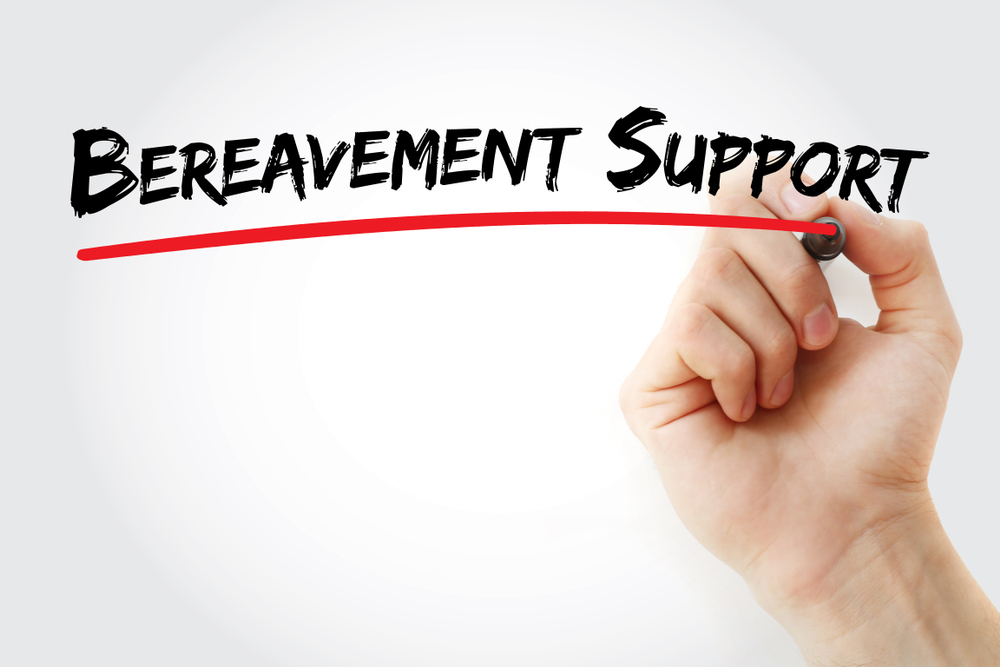Grief and bereavement leave are complex issues for many employers. Your policy may provide only three to five days of leave, while the fallout from the death of a loved one can rarely be encapsulated in such a relatively short time frame. In addition, even before the death occurred, you may have been dealing with substantive leave issues caused by illness, injury, or other circumstances and struggling to fill the missing employee’s role. And in worst-case scenarios, you may have had to confront an individual for abusing the system by reporting the same relative died multiple times.
While there are no simple or easy solutions, you should focus on certain laws when crafting a policy appropriate for your corporate culture.
Providing Proof Someone Has Died
Defined bereavement leave is a specific set of days set aside for an employee to be away. It may be created by a policy or, in some instances, state or local law. Many policies call for some form of proof of bereavement, such as an obituary or a legal death notice. Note there’s a big difference between requesting a death certificate, which isn’t going to be readily available to most bereaved, and accepting a legal notice such as a posting in the paper.
Weighing the proof of bereavement is further complicated by digital and social media platforms. It can be hard to judge if a social media notice is real. “Proof” isn’t always useful, and you’ll need to assess how intrusive your request is versus its actual business value.
Another issue to address is intermittent leave. If you have a defined leave policy, can the five days be taken over the course of time, such as a funeral and then later a memorial (as has been common during COVID-19)? Or must they be taken all at once?
FMLA
If you employ 50 or more people, the Family and Medical Leave Act (FMLA) may apply to bereavement leave issues. Notably, employees may be entitled to time off to care for an ill spouse or child and later for their own mental health condition related to their grief.
All standard requirements of the FMLA would apply, but the Act is narrow in its definition of “family”: spouse, child, and parent. It doesn’t encompass in-laws or extended family members except in very limited circumstances such as in loco parentis. An employee who doesn’t have an individual health condition might not be covered under the Act to provide care and support for their aunt who just lost her husband.
ADA
Unlike the FMLA, the Americans with Disabilities Act (ADA) as amended isn’t structured to allow an employee to provide support for others. It’s intended to address the employee’s individual disability issues through an interactive process and reasonable accommodation. The federal and state disability laws are generally applicable solely when the worker has a personal issue.
One concern under the ADA: How much leave is enough? Open-ended leave as an accommodation is very problematic. Some courts don’t consider uncertain and open-ended leave to be a reasonable accommodation.
Open-Ended Leave
In workforces that culturally demand flexibility, open-ended leave or no-limit paid time off (PTO) has become more common. In most workplaces, however, no limit doesn’t really mean there are no boundaries. As the policies have proliferated, an increasing number of terminated employees have raised them as a defense when let go for being absent or falling behind in work.
In many ways, an open-ended leave policy requires closer monitoring than a capped leave process. You need to (1) assess if the job is getting done, (2) monitor the distribution of leave among the whole team for fairness, and (3) engage in a process to determine if leave use is acceptable or if other accommodations need to occur. Further concrete performance monitoring is necessary. If you can’t define success, you can’t define failure.
Many employees may feel the effect of grief but deny it’s impeding their lives or performance. One place where you can see this happen is in open-ended policies, particularly in highly competitive environments, where employees rarely take time off. “No one else takes PTO” may be a common refrain.
If grief is affecting an employee’s performance, you can open the door to a discussion by asking, “What do you need to be successful?” Or you can provide information for an employee assistance program (EAP) and remind the individual “the sessions are confidential.” In most cases, however, you can’t make someone acknowledge they need to take leave. In some limited instances, you can require an absence but should seek legal counsel before trying to do so.
Bottom Line
As noted in a recent Wall Street Journal article, “Giving Workers More Time to Grieve in an Era of Loss,” you may need to think more broadly about grief and its impact on employees’ wellbeing. For some companies, that may mean open-ended and paid leave policies. For others, it may be a more detailed and individualized accommodation discussion. Employee resources, such as mental health support, need to be part of the discussion as well.
Grief springs from a wide array of events from the loss of a pet to the death of a parent or a miscarriage in pregnancy, and policies need to account for the potential mental health issues grief may create regardless of cause. Many states have some form of paid leave in this circumstance, and federal legislative changes are being discussed, such as amending the FMLA. In an age of uncertainty for employees, however, flexibility is critical.
Jo Ellen Whitney is an attorney with Dentons Davis Brown in Des Moines, Iowa. You can reach her at joellen.whitney@dentons.com.

